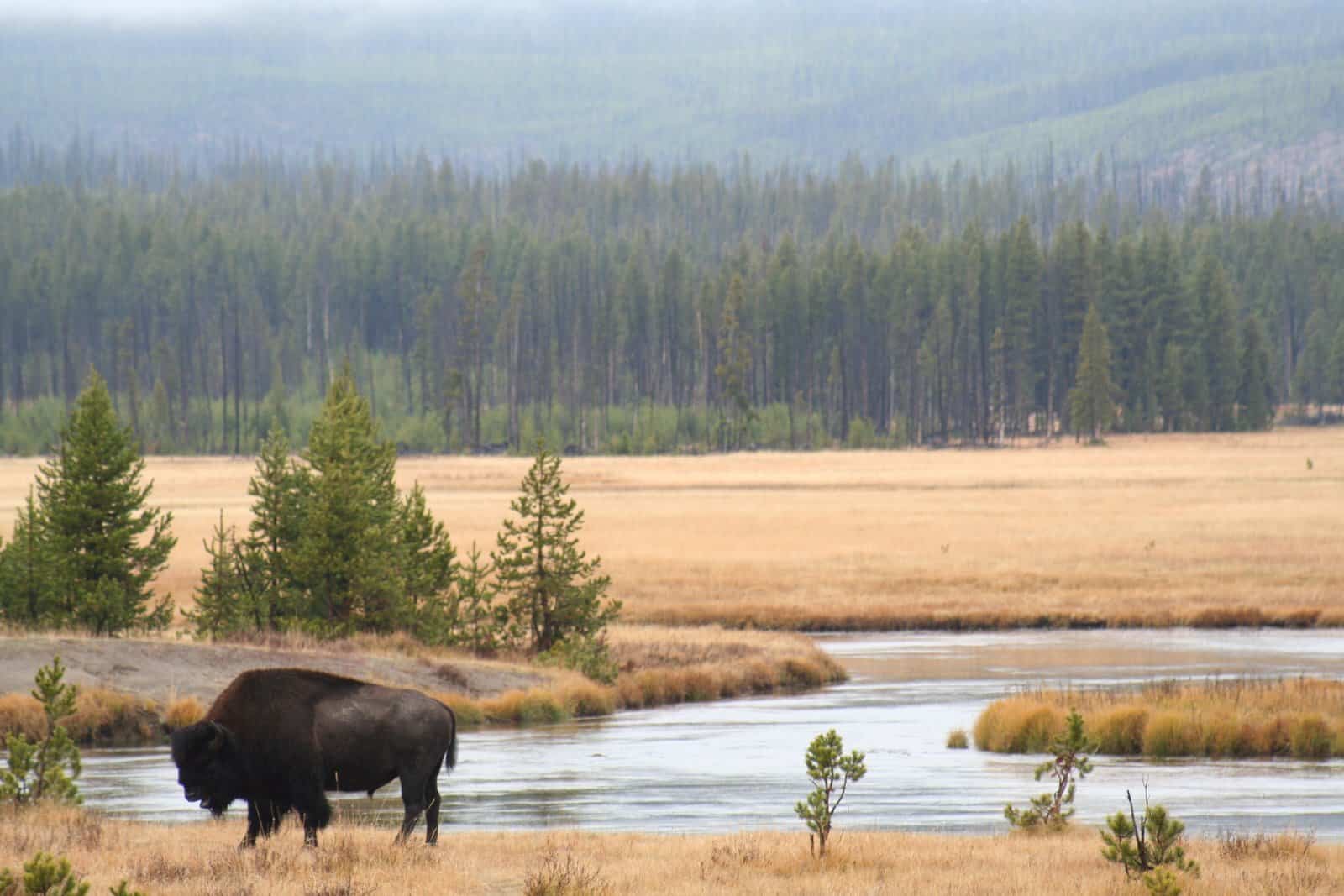Share this article
BLM needs more time, money for wild horse management, report says
It will take 15-18 years to reduce the current population of over 95,000 wild horses and burros to the appropriate management level of about 26,715 animals and doing so will cost an estimated $900 million over just the next five years, a new Bureau of Land Management report says.
The BLM Wild Horse & Burro Program has struggled to contain the growing number of ecologically feral animals, with a new March 2020 population estimate of 95,114 individuals on the range, in addition to 48,025 animals held off-range.
Meanwhile, the BLM’s 2018 report to Congress had suggested that appropriate management levels (AMLs) for the feral population could be achieved in six to 12 years, depending on which of four management option it pursued.
Congressional appropriators requested a new report from the BLM in its Fiscal Year 2019 appropriations Act. When BLM failed to produce the report, Congress decided to withhold $21 million of BLM’s full FY 2020 appropriations until the report was submitted. Now, Congress will see that plans to create a sustainable wild horse program will take longer and cost more than BLM estimated just two years ago.
In the new long-awaited report, the BLM suggests that to reach AMLs for wild horses and burros, it will need to perform gathers of 20,000-30,000 animals per year. Of those horses, each year, between 3,500 -9,000 would receive fertility control treatments or permanent sterilization and would be released back onto the range. The fertility control efforts would be designed to reduce the growth rate of the on-range population and help prevent the need for future gathers. Meanwhile, the BLM would hope to adopt out 6,000 to 7,000 of the gathered horses each year using methods like financial incentive programs that pay individuals up to $1,000 to adopt an animal. BLM will also look for partners who may volunteer to house and care for large numbers of removed horses and burros.
In addition to releases and adoptions, the plan says that each year, 18,000-20,000 horses would be permanently removed from the rangelands and placed into private off-range pastures or corrals. The BLM report says that without increased adoptions or help from partners who are willing to voluntarily take on removed horses, off-range holding could cost the agency $360 million per year by the time AML is reached. By comparison, the congressionally enacted budget for the wild horse and burro program was $101.6 million in FY 2020 and $80.5 million in FY 2019. With these levels of gathers, the BLM would also face logistical challenges in gathering and transporting the removed animals and in finding enough pasture and corral space to hold them
The BLM says that intensive gathers and removals are needed to offset wild horse and burro reproduction and would allow the population to stabilize within four or five years. In the following 10 years of management, the BLM’s actions would reduce the population to the appropriate management level and program costs would begin to decline, the report said. After AML is achieved, the agency would need to continue gather operations to apply fertility control and sterilization treatments to maintain AML.
Meanwhile, the 2020 report doesn’t include any change in policy allowing euthanasia of gathered wild horses or indiscriminate sale of them. One management option presented in the 2018 report was “using all the authorities within the act,” to manage removed animals and keep costs at a minimum. This would likely involved euthanizing horses or selling them to buyers without any restrictions on the final disposition of the animal. The BLM reported that this option is the cheapest, as euthanizing or freely selling horses would reduce the number that must be held on expensive off-range pastures and corrals. However, such a policy remains prohibited through a policy rider in the annual appropriations bill, as of now.
The 2020 report also suggests that a new vaccine called GonaCon could be helpful for temporary fertility control for wild horses. This vaccine reports a 90% effectiveness over four to five years, though it requires a booster within six to 18 months of the first treatment. The BLM currently uses the fertility control treatment Porcine zona pellucida (PZP), which is effective for only a single year, meaning horses must be treated year after year.
The BLM plans to expand its use of GonaCon and continue its research on other strategies for fertility control and sterilization. The report cautions, though, that while fertility control is one piece of the management plan, large-scale removals of horses and burros are the best way to immediately reduce wild horse and burro populations and achieve AML.
Read TWS’s fact sheet and issue statement on wild horses and burros.
Header Image: Wild horses gathered and removed from western rangelands are placed in off-range corrals or pastures if they cannot be adopted. Credit: Bureau of Land Management








